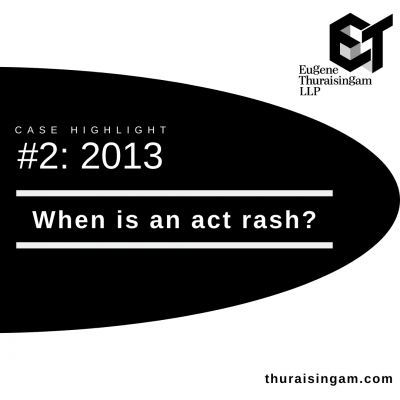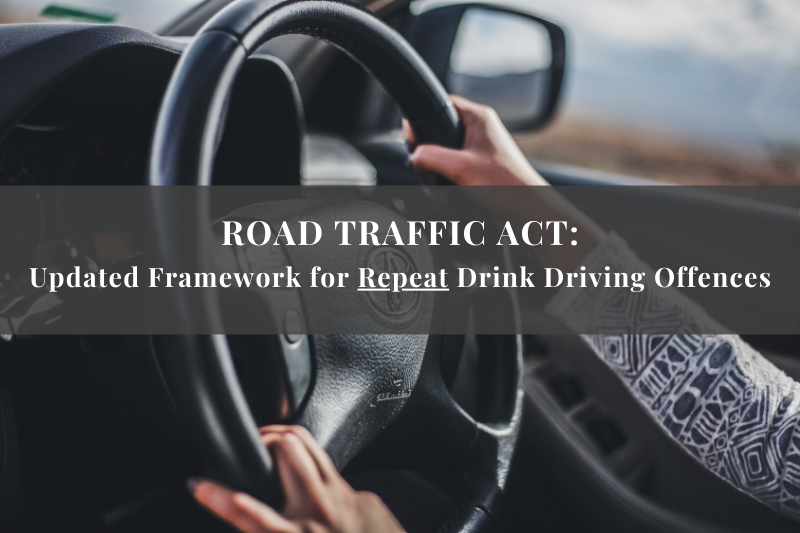When is an act rash?
A motorist approaches a traffic junction. He sees that the vehicle in front of him has driven into the junction. The motorist follows closely behind the lorry. The motorist does not check and so does not realise that the traffic lights had turned red. An accident happens and a pedestrian sadly passes away. Can the motorist’s actions be described as “rash”, or was he merely “negligent”?
This was the question the Court of Appeal had to decide in this case. In a rarely invoked process called a “criminal reference”, the Court of Appeal gave us permission to refer the following question to it:-
Does a finding of rashness in road traffic offences require consciousness as to risk?
Intuitively, using ordinary English language, one would have thought that a “rash” act requires a person to be aware of a risk, and then commit a deliberate act or omission despite the awareness of that risk. We therefore argued that, as the driver was not consciously aware of any risk of accident (because he had not realised that the traffic lights were red), the motorist was only careless or negligent. He was not rash.
The Court agreed with us that rashness does require consciousness as to risk. But, the Court disagreed with us on our argument that such consciousness should only be confined to a situation where a person is actually aware of a risk. The Court ruled that consciousness can also include a situation where a person was not himself actually aware of the risk, but the risk was so obvious that any other person would have realised the risk.
The question that then arises is: how then do we draw the line between negligence and carelessness on the one hand, and rashness or recklessness on the other?






